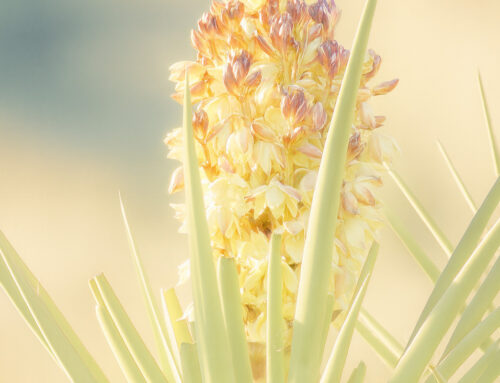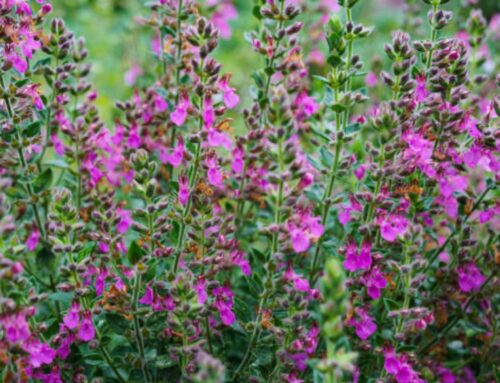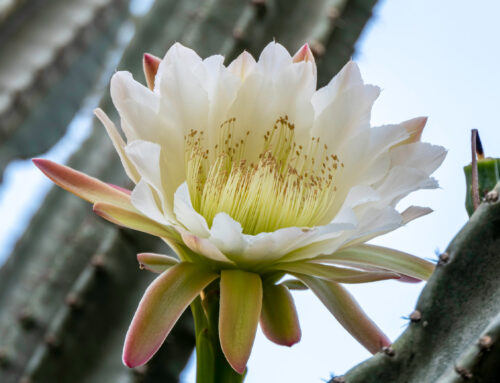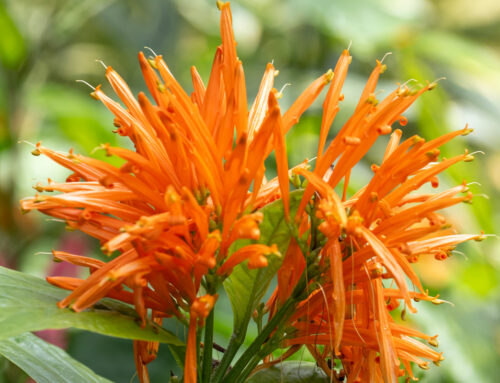One palm tree has lived in California for thousands of years, and it calls the desert oasis of our Coachella Valley home. The local Cahuilla people harvested its fruit and utilized its fronds for clothing and shelter long before Palm Springs existed on western maps. In fact, the name “Palm Springs” comes from these palms found along natural water sources, or springs.
The California fan palm, also known as the desert fan palm, is the only palm native to the State of California. Washingtonia filifera is not to be confused with the Mexican fan palm, a tall and skinny palm of similar appearance native to the Baja California peninsula. While both grow exceptionally well in our desert, washingtonia filifera is shorter and much stockier, and gets its name filifera (Latin for “thread-bearing”) from the extensive white threads that line the leaves, particularly during its juvenile years.
California fan palms not only take full summer heat in the desert, they thrive on it; this is why they actually look healthier and more robust in our area than they do closer to the coast. With a typical trunk width of about 3 feet and canopy spread of about 20 feet, the California fan palm is an excellent local specimen for a desert landscape. It looks great in sand or rock and can be complimented with other desert plants, such as barrel cacti and agave. This palm requires occasional deep watering, but is hardy enough to withstand periodic dry spells.
You can visit natural stands of washingtonia filifera at local oases such as the Coachella Valley Preserve near Thousand Palms or the Indian Canyons in Palm Springs, as well as along various hiking trails in our area.
Source: Lush & Efficient and aguacaliente.org






